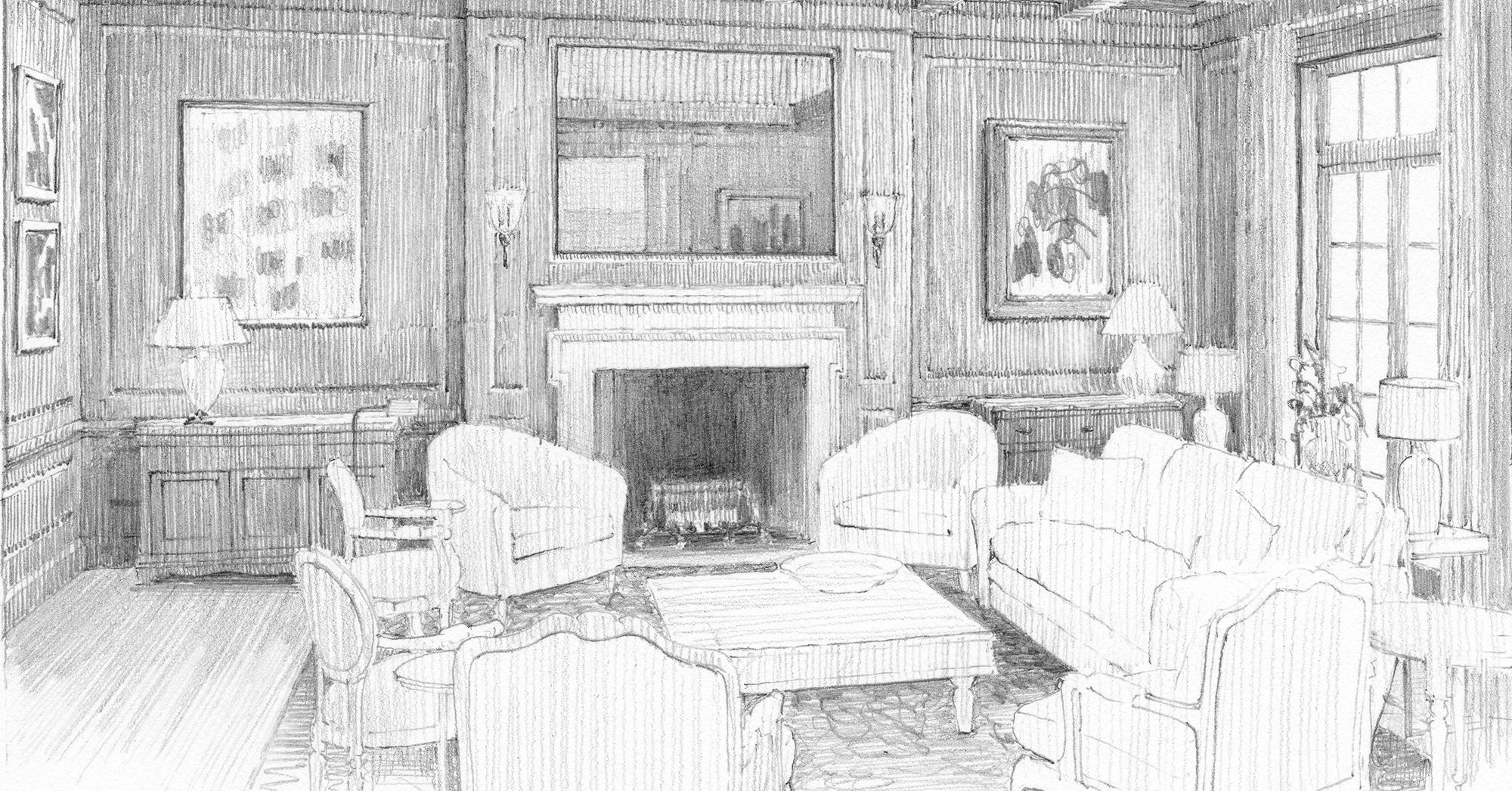Are you curious to know what is rendering in art? You have come to the right place as I am going to tell you everything about rendering in art in a very simple explanation. Without further discussion let’s begin to know what is rendering in art?
In the realm of visual arts, rendering is a fundamental and captivating process that brings artistic ideas to life. Whether you’re an artist, an art enthusiast, or simply curious about the creative world, understanding what rendering in art entails can deepen your appreciation of the artistic process. In this blog, we will explore the concept of rendering, its significance, and the various techniques artists employ to achieve remarkable results.
What Is Rendering In Art?
Rendering in art refers to the process of creating a detailed and realistic representation of an object, scene, or concept. It involves the skillful use of various artistic techniques to convey form, texture, light, shadow, and depth accurately. Rendering is an essential step in the creation of art that seeks to depict subjects realistically or with a high degree of precision.
Key Aspects Of Rendering:
- Form and Shape: Rendering helps artists convey the three-dimensional form and shape of objects. It involves defining the contours, edges, and proportions of subjects to create a sense of volume and mass.
- Texture: Artists use rendering to depict the surface quality of objects, whether it’s the roughness of a tree’s bark, the softness of a pet’s fur, or the smoothness of a glass vase. Achieving texture in rendering often requires close attention to detail.
- Light and Shadow: Rendering plays a crucial role in depicting the interplay of light and shadow. By skillfully applying shading and highlights, artists can create a sense of depth and dimension, making objects appear more lifelike.
- Detail: Rendering allows artists to add intricate details to their work. Whether it’s the fine lines in a portrait or the intricate patterns in a piece of fabric, rendering helps capture the nuances that make subjects unique.
Techniques Of Rendering In Art:
- Pencil Drawing: One of the most common rendering techniques, pencil drawing involves using graphite pencils to create detailed and precise renderings. Artists vary the pressure, stroke direction, and pencil grade to achieve different effects.
- Charcoal: Charcoal rendering offers a unique blend of precision and expressiveness. Artists use charcoal sticks or pencils to create dark, rich lines and tones, often smudging and blending to achieve the desired effect.
- Painting: In both oil and acrylic painting, artists use brushes and palette knives to render subjects. Painting allows for a wide range of techniques, from the soft blending of colors to the impasto technique, which involves applying thick layers of paint.
- Digital Rendering: With the advent of digital technology, artists can now render their creations digitally using graphic tablets and software like Adobe Photoshop or Corel Painter. Digital rendering offers flexibility and the ability to experiment with various styles and effects.
- Sculpture: While not a 2D rendering technique, sculpture involves rendering in three dimensions. Artists use materials like clay, stone, wood, and metal to carve or mold intricate forms, bringing their subjects to life in a tactile way.
Significance Of Rendering:
Rendering serves as a bridge between an artist’s imagination and the viewer’s perception. It allows artists to communicate ideas, emotions, and stories through visuals, making art a powerful medium of expression. Additionally, rendering plays a crucial role in various artistic disciplines, including illustration, animation, architecture, and design, where precision and realism are highly valued.
Conclusion
Rendering in art is a multifaceted and captivating process that brings artistic visions to reality. It encompasses a wide range of techniques and approaches, allowing artists to convey form, texture, light, and emotion in their work. Whether through pencil, charcoal, paint, digital tools, or sculpture, rendering is the art of transforming imagination into a tangible visual experience, enriching our lives with the beauty and creativity it brings to the world of art.
Get to know some more interesting facts on Petsbee.
FAQ
What Is Rendering In Digital Art?
Rendering is the finalization process of a digital image or a 3D model using computer software. It lets users bring together the visuals, from the shadows and lighting effects to the textures, and generate the final result.
Is Rendering The Same As Shading?
Shading is the process in rendering that consists of computing the color of objects in the 3D scene. In rendering we are interested in reproducing the shape, the visibility and the appearance of objects as seen from a given viewpoint.
What Do You Mean By Rendering?
Rendering is the process involved in the generation of a two-dimensional or three-dimensional image from a model by means of application programs. Rendering is mostly used in architectural designs, video games, and animated movies, simulators, TV special effects and design visualization.
How Do You Render Art Well?
How can I improve my rendering?
- Practice more in graphite pencil. …
- Shade in strokes along contours. …
- Practice defining contours. …
- Understand the theory of tonal values. …
- Practice shading techniques. …
- Practice tonal gradations. …
- Learn from the Old Masters.
I Have Covered All The Following Queries And Topics In The Above Article
What Is Rendering In Digital Art
What Is Rendering Of Form In Art
What Is A Rendering In Game Art
What Is A Rendering In Art
What Is Rendering In Art
What is rendering in art?
